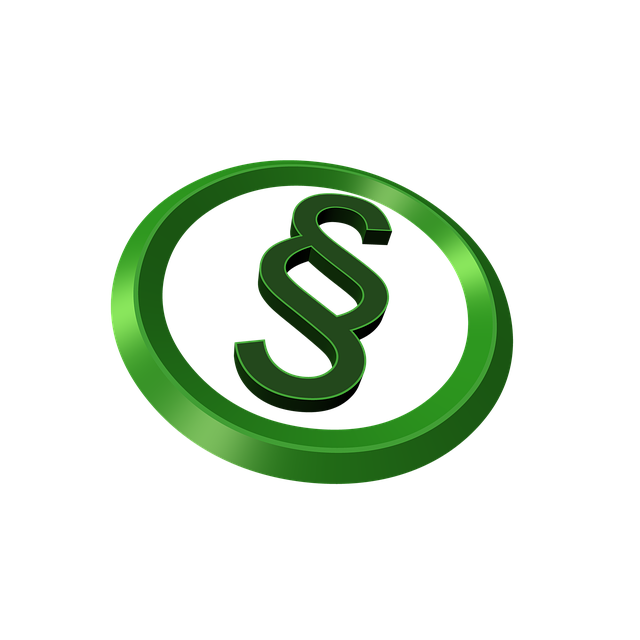Lighting is critical in designing productive and inviting law offices, balancing natural light from windows or skylights with artificial sources like task lamps and overhead fixtures for lower-light conditions. Customizing lighting based on office layout and activities ensures optimal visibility without strain, enhancing work quality for staff and visitors. Aligned with specific needs of law office equipment, adjustable lighting solutions like desk or floor lamps cater to individual preferences and tasks, reducing eye strain while considering color temperature for environment and alertness.
Illuminating your law office isn’t just about aesthetics; it’s a strategic move towards enhancing productivity and creating an environment conducive to focused work. This article guides you through the essential steps of choosing the right lighting for your legal practice. We’ll explore how understanding specific lighting needs, tailored to various tasks within a law office, is key. Additionally, we’ll delve into selecting complementary law office equipment that optimizes illumination, ensuring every corner supports productivity and efficiency.
- Understanding Lighting Needs in a Law Office
- Selecting the Right Law Office Equipment for Optimal Illumination
Understanding Lighting Needs in a Law Office
Lighting is an often-overlooked yet critical component in creating a productive and welcoming environment for a law office. The specific lighting needs of a legal practice depend on various factors, from the type of work performed to the preferences of the professionals and clients who occupy the space. In a law office, natural light is generally considered ideal as it can reduce eye strain and improve overall well-being. Large windows or skylights can be excellent additions, providing ample daylight for long hours of research, document review, and client meetings.
However, artificial lighting also plays a vital role in ensuring optimal productivity during less sunny periods. Task lighting, such as table lamps or floor standing models, is essential for focused work like reading legal texts or preparing cases. Additionally, general overhead lighting should be carefully considered to prevent harsh shadows on documents and computer screens, which can cause visual fatigue over time. The right balance of natural and artificial lighting, tailored to the unique layout and activities of the law office, will contribute significantly to a productive atmosphere and enhance the overall quality of work for all staff and visitors.
Selecting the Right Law Office Equipment for Optimal Illumination
When designing lighting for a productive law office, it’s essential to consider the specific needs of law office equipment. Desks, chairs, and filing cabinets require uniform, task-specific illumination to ensure lawyers and staff can work efficiently. Overhead lights or wall-mounted fixtures are common choices, but they might not provide the focused light needed for detailed document review or legal research.
Incorporate adjustable lighting solutions, like desk lamps or floor lamps, to cater to individual preferences and tasks. This flexibility enables lawyers to direct light precisely where it’s needed, reducing eye strain and enhancing overall productivity. Additionally, consider the color temperature of the lighting—warmer tones create a cozy atmosphere while cooler temperatures promote focus and alertness.
When it comes to creating an environment conducive to productivity in a law office, proper lighting is an often-overlooked yet critical component. By understanding the specific needs of legal professionals and selecting the right law office equipment designed for optimal illumination, firms can significantly enhance their workspace’s overall efficiency and employee satisfaction. Investing in high-quality lighting solutions not only ensures clear visibility and reduces eye strain but also contributes to a more vibrant and inspiring work environment.
